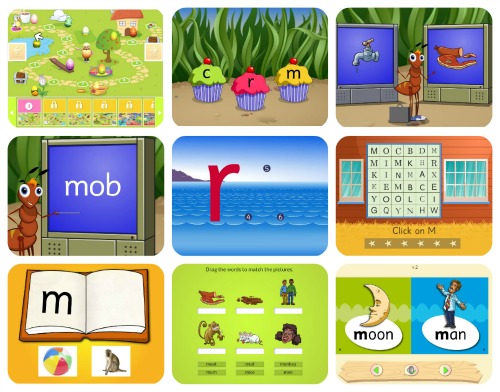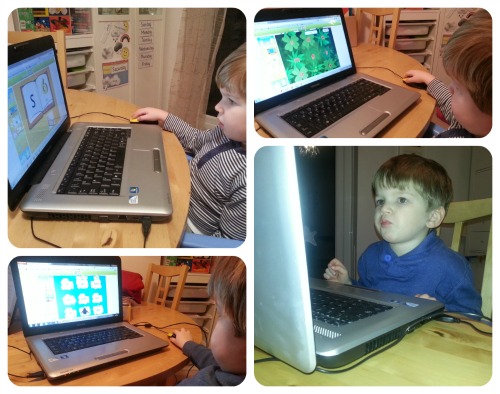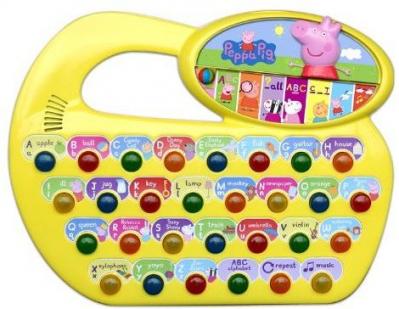It seems like listening to your child read a book should be simple: sit down together, and work through the text from the first page to the last.
And in practise that is exactly what we've been doing with The Boy for months. Which is ridiculous because I'd never ask one of the children I teach in school to cold-read a book, and they're over seven years old. So why on Earth have I not been drawing on my professional knowledge with my own child? My son, who is only four years old and just embarking on to the voyage of discovery that is accessible through learning to read.
If I was one of parents in my school, I'd be criticising myself in the staffroom. [Read more…]





